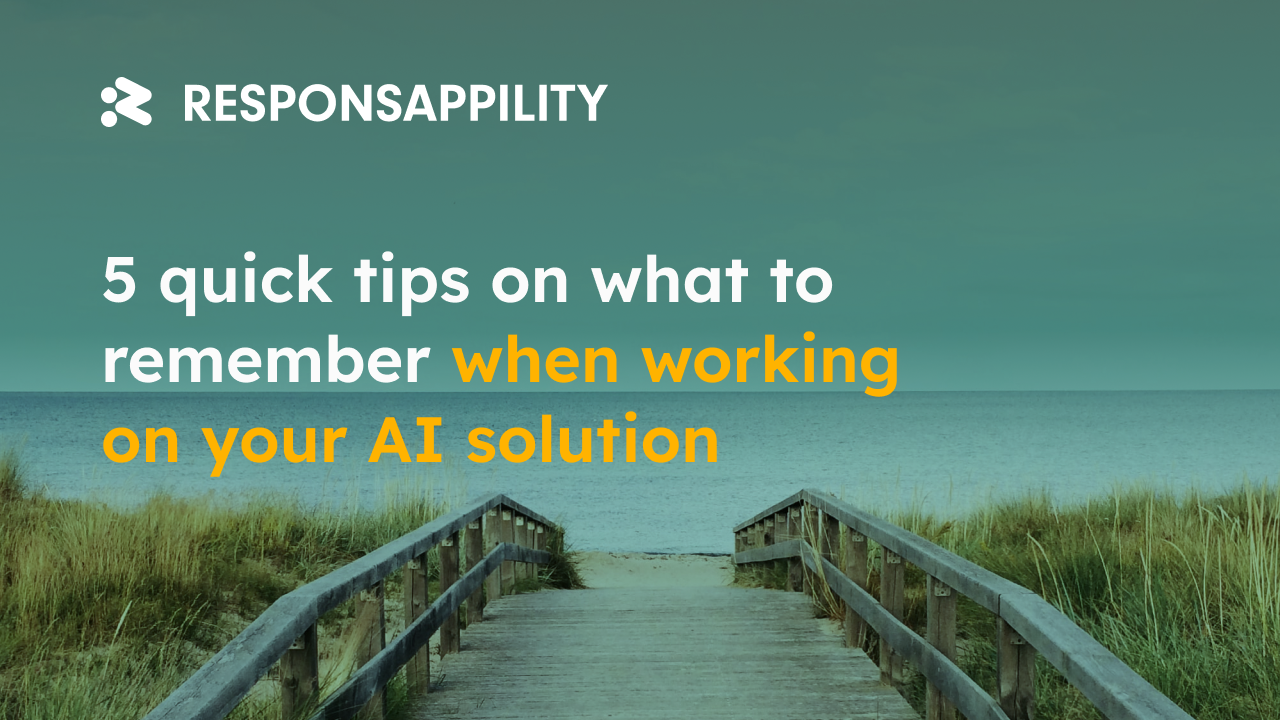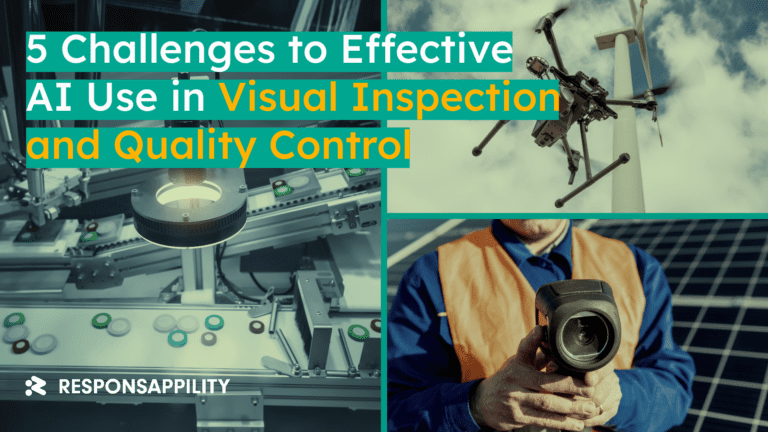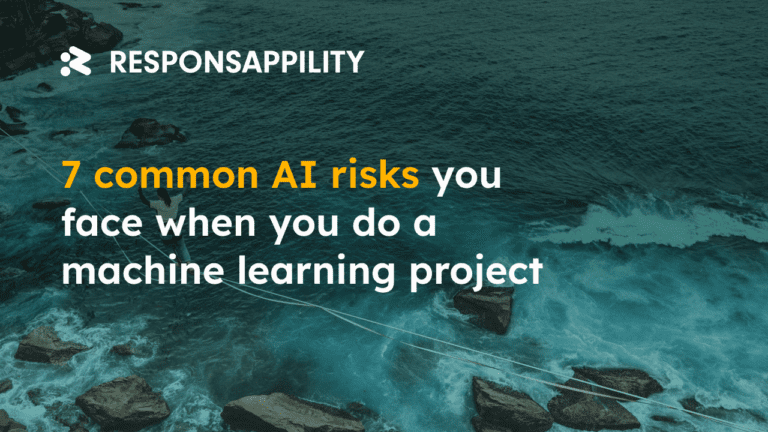1. Understand the business
Know your business case, decompose it and understand dependencies.
Understanding the case you want to solve and its context, goals, and constraints is essential. You should know the purpose of the AI solution, what are input data, from what source, what is the expected outcome and why. You should map and understand functional and non-functional requirements for this solution. It will let you make the correct technical decisions.
2. Define the task for AI precisely
Be precise when defining the task for the AI. Ensure you know what can bring the essential business value.
Analysing the project requirements and trying to figure out technical solutions, you should be precise and careful when defining a target task for your AI. Primarily, ensure that it is aligned with the business case. It’s easy to overshoot and to fall into a trap and create incredible machine learning models with an outstanding performance which does not solve any business problem.
3. Iterate and go step by step
Be precise when defining the task for the AI. Ensure you know what can bring the essential business value.
Analysing the project requirements and trying to figure out technical solutions, you should be precise and careful when defining a target task for your AI. Primarily, ensure that it is aligned with the business case. It’s easy to overshoot and to fall into a trap and create incredible machine learning models with an outstanding performance which does not solve any business problem.
4. Gather quality data
Availability of balanced, clean, relevant and up-to-date data sets significantly increases your chance of success.
Data is the most crucial resource for any machine learning project. It can help to identify patterns and make predictions. But it should be clean, relevant, and up-to-date before starting your machine learning experiments. Data cleaning is often one of AI research’s most time-consuming and labour-intensive parts of the research process. Therefore, ensuring that data is unbiased and aligned with the business problem you want to be solved is vital. Otherwise, you might end up with a lot of useless data that will only slow down your process and confuse your algorithms.
5. Set your goals wisely
Expecting AI to give you always 100% accuracy is typically unrealistic.
AI is not perfect and never will be. No matter how advanced and robust is your machine learning model, there will be a few mistakes here and there. Therefore, you should choose your target metrics values wisely and be sure they are high enough to bring you a business value but with room for errors and improvements. Moreover, it’s crucial to set your priorities, like do you prefer high precision or recall. Bad decisions about expected performance may unnecessarily ruin your AI project in its early stage.
To sum up
These five tips may not solve all of your problems and challenges, but they can make it a bit easier to start the work on your AI solution. I hope they let you avoid some critical mistakes many make at the start of the project.







